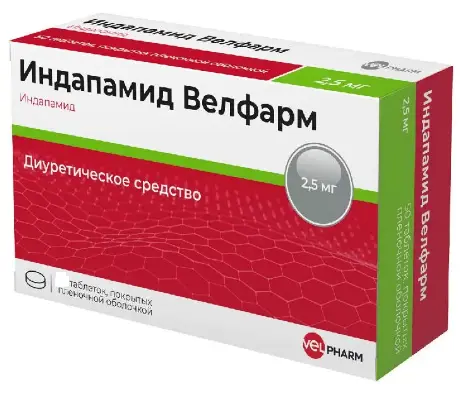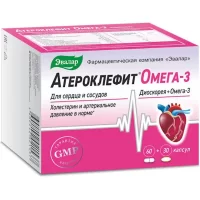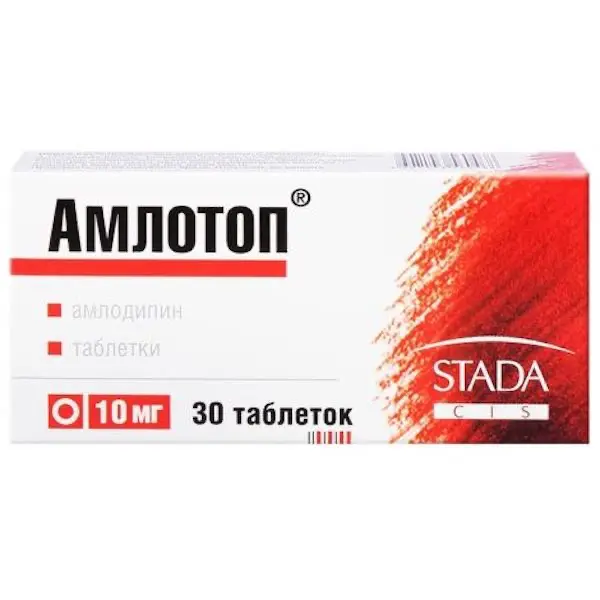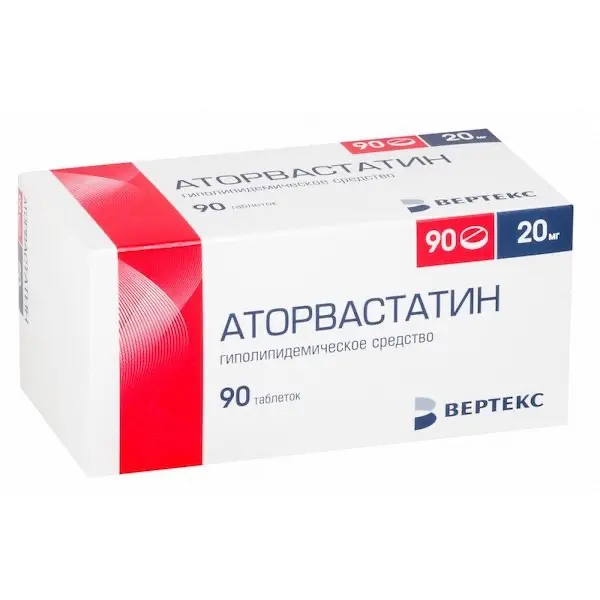Description
Triplixam Pharmacodynamics
Triplixam® is a combination drug that includes three antihypertensive components, each of which complements the action of the others in controlling blood pressure in patients with arterial hypertension. Amlodipine is a “slow” calcium channel blocker (CMCB), a dihydropyridine derivative, indapamide is a sulfonamide diuretic, perindopril arginine is an inhibitor of the enzyme that converts angiotensin I to angiotensin II (ACE inhibitor).
Pharmacological properties of Triplixam® combine the properties of each of its active substances. In addition, the combination of amlodipine, indapamide and perindopril arginine enhances the antihypertensive effect of each component.
Indications
As therapy in patients with arterial hypertension when BP is reduced by taking amlodipine, indapamide and perindopril at the same dose
Contraindications
Hypersensitivity to the active and excipients contained in the drug, sulfonamide derivatives, dihydropyridine derivatives, other ACE inhibitors, any other substances contained in the drug;
– Patients on hemodialysis;
– Untreated heart failure in decompensation stage;
– Severe renal failure (creatinine clearance (CK) less than 30 ml/min);
– Moderate renal failure (creatinine clearance (CK) less than 60 mL/min) for the dosage of perindopril/indapamide 10 mg/2.5 mg combination (i.e. Triplixam® 5 mg + 2.5 mg + 10 mg and Triplixam® 10 mg + 2.5 mg + 10 mg)
– Angioneurotic edema (Quincke’s edema) with a history of ACE inhibitors (see section “Special Precautions”);
– Hereditary/idiopathic angioedema;
– Pregnancy (see section “Administration during pregnancy and lactation”);
– Breastfeeding (see section “Administration during pregnancy and breastfeeding”);
– Liver encephalopathy:
– Severe hepatic insufficiency;
– Hypokalemia;
– Severe arterial hypotension (systolic BP less than 90 mm Hg);
– Shock (including cardiogenic);
– Left ventricular outflow tract obstruction (e.g., clinically significant aortic orifice stenosis);
– Hemodynamically unstable heart failure after acute myocardial infarction;
– Concomitant use with aliskiren-containing drugs in patients with diabetes mellitus or impaired renal function (glomerular filtration rate (GFR) < 60 ml/min/1.73 m2 body surface area) (see sections “Interaction with other medicinal products” and “Pharmacodynamics”);
– Bilateral stenosis of the renal arteries, stenosis of the artery of the single kidney;
– Concomitant use with drugs that can cause polymorphic ventricular tachycardia of the “pirouette” type;
– Concomitant use with drugs that prolong the QT interval;
– Concomitant use with potassium-saving diuretics, potassium and lithium preparations, in patients with elevated plasma potassium levels;
– Age under 18 years (efficacy and safety have not been established).
Dosage and administration method
- Orally, 1 tablet once a day, preferably in the morning before meals.
- The dose of Triplixam® is adjusted after the previously performed dose titration of the individual components. Maximal daily dose is 1 tablet in dose of 10.0 mg + 2.5 mg + 10.0 mg.
- Special patient groups
- Patients with renal insufficiency (see sections “Pharmacokinetics”, “Contraindications” and “Special indications”)
- Triplixam® is contraindicated in patients with severe renal insufficiency (CKR less than 30 ml/min) (see section “Contraindications”). Triplixam® is contraindicated in patients with moderate renal insufficiency (CKD 30-60 ml/min) in doses of 5.0 mg + 2.5 mg + 10.0 mg and 10.0 mg + 2.5 mg + 10.0 mg. It is recommended that therapy be initiated with a mono-component dose selection.
- Continuous medical supervision should include regular monitoring of creatinine and plasma potassium concentrations. Concomitant use with aliskiren is contraindicated in patients with impaired renal function (GFR < 60 ml/min/1.73 m2 body surface area) (see section “Contraindications”).
- Patients with hepatic impairment (see sections “Pharmacokinetics”, “Contraindications” and “Special indications”)
- Triplixam® is contraindicated in patients with severe hepatic insufficiency.
- For patients with mild or moderate hepatic impairment, the dose should be adjusted with caution, since there are no unambiguous recommendations on amlodipine dosage for this group of patients.
- Elderly patients (see section “Special indications”)
- Excretion of perindoprilat in elderly patients is delayed (See section “Pharmacokinetics”). Therapy should be carried out taking into account renal function.
- Pediatric patients
- Currently, there are no data on safety and efficacy of Triplixam® administration in children and adolescents.






